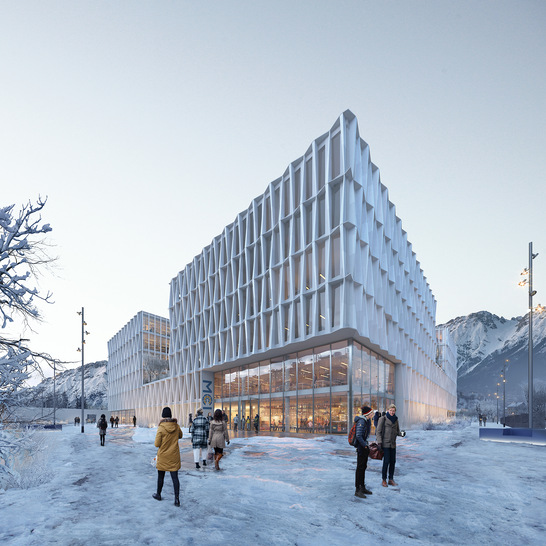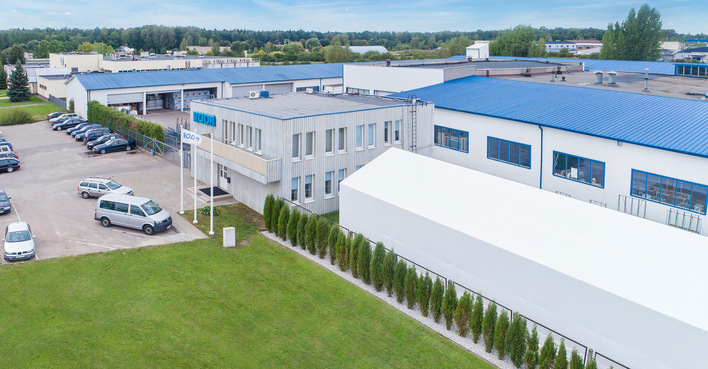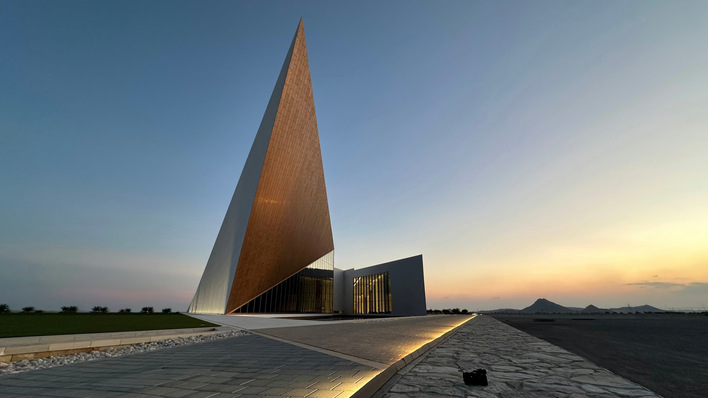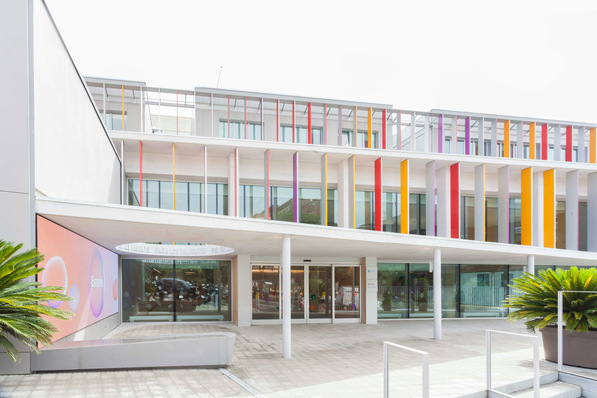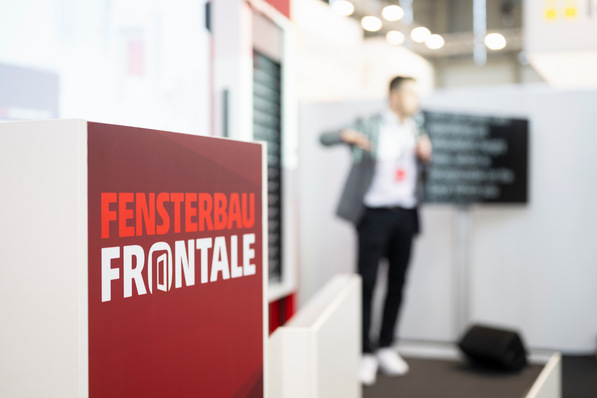Architecture firm Henning Larsen has been named as the designer of the new campus building of the Management Centre Innsbruck (MCI). The new 35,000 square meter building located on the edge of the Innsbruck city centre will be Henning Larsen’s first project in Austria.
The jury, in their unanimous selection of the project, gave particular attention to the “ideal urban development of the new campus as a lighthouse project between the historic Hofgarten, the University of Social Sciences and the new security centre.”
Surrounded by the mountain scenery of the Alps
Founded in 1995, MCI quickly outgrew its central Innsbruck campus; the university’s many faculties today are scattered throughout Innsbruck. The new structure, located next to the SoWi University and the Innsbrucker Hofgarten, will create a unified campus for MCI for the first time in the school’s history.
Bordered by the city to the south and east and by the historical Hofgarten to the north and west (and the Alps all around), the building is designed to have no back or front. Multi-story entries are carved into each facade to break the scale of the building in relation to its surroundings. These pockets are, in turn, planted with gardens to match the identity of their neighbour (e.g., the mountain-facing north entry is lush with alpine flowers; the southern city facing entry is an urban terrace.)
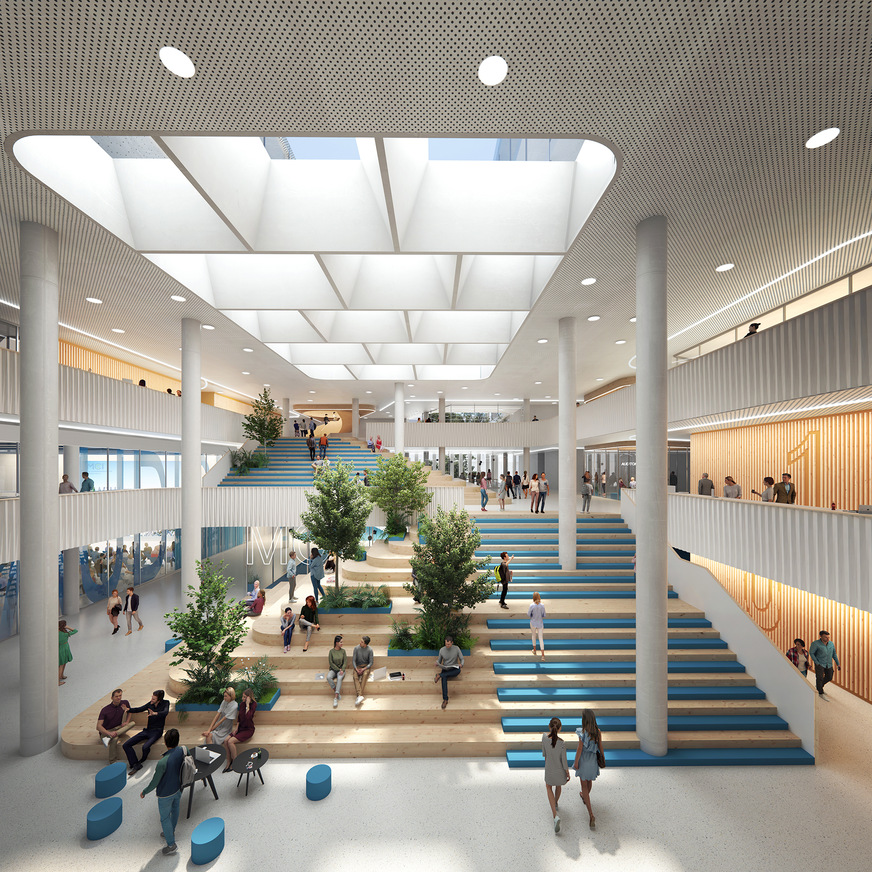
Henning Larsen
Flexible interior space
Classrooms and lecture halls populate the outer edge of the ground level, framing a fluid interior space with a large community stair in the centre that not only links the three levels of “learning” spaces, but also serves as a community space itself. These learning floors are designed to be open and flexible, with nearly as much ‘unprogrammed’ space for students to study, socialise, and rest as there is actual classroom space.
[Installing a 9-tonne skywalk in 4 hours]
The building’s upper floors are divided in two sections, one containing offices for MCI faculty, administration, and students, the other containing laboratories and research spaces. The design is dense and highly efficient, with four cores that serve not just as vertical circulation, but also as social hubs within the large floorplates.
Light both from inside-out and outside-in
“Natural light can have a massive effect on learning, and so we were especially concerned with how we could bring light deep into the building,” explains Associate Design Director Lucas Ziegler. “We designed each facade to have a depth that would allow light to come in without being distractingly direct. Coupled with a classic Henning Larsen skylight in the centre of the building, light comes from both the inside-out and the outside-in.”
[Vilnius University Library: Cosy on the inside with views of the pines]
Construction is scheduled to start in the autumn of 2023 and final completion is expected for early 2025.
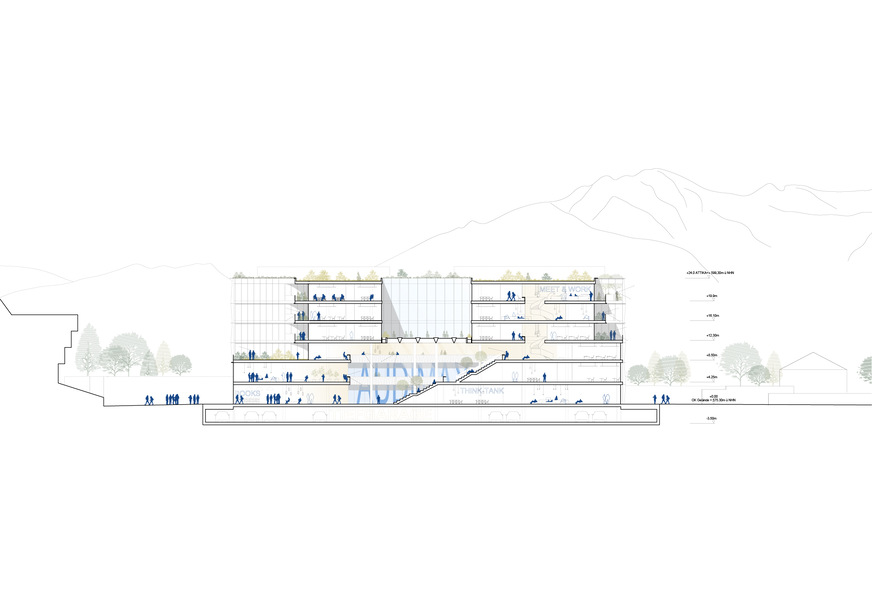
Henning Larsen
Also interesting:
A glass holiday home on the water
Schüco for FC Bayern campus
Calligraphic windows for the Museum of the Future







